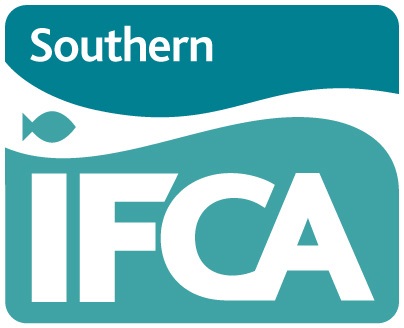Live Wrasse Fishery
A fishery for live wrasse species developed in the Southern IFC District around 2015. Live wrasse are bought by salmon farms in Scotland to use as a biological alternative to the chemical treatment for lice. Fishing activity is predominantly based around the ports of Weymouth and Portland and incorporates the use of fish traps and rod and line techniques to target ballan wrasse ( Labris bergylta ) and corkwing wrasse ( Symphodus melops ) with much smaller numebers of goldsinny wrasse ( Ctenolabrus rupestris ) and rock cook wrasse ( Centrolabrus exoletus ) also removed.
The fishery is managed by Southern IFCA through the Minimum Conservation Reference Size Byelaw, a Monitoring and Control Plan (M&CP) and Fishery Guidance measures. These measures were implemented in 2017 in collaboration with the industry to address sustainability concerns. They were chosen to protect the long-term sustainability of wrasse populations and to maximise the enjoyment of the species by other users. Measures include Europe's most restrictive maximum wrasse sizes, a prohibition on the removal of cuckoo wrasse ( Labrus mixtus ), a network of 'No Potting' and 'No Take Zones', pot limits and a closed season. Participants are required to submit monthly catch data and are subject to regular compliance inspections by Southern IFCA Officers.
Section seven of the M&CP describes 'Triggers for Assessment'. Each year the fishery is closely monitored during the season and following the seasons completion in accordance with the M&CP. If threshold points are reached then a review of the fishery is to be activated in line with Section 8.0 of the M&C Plan.
